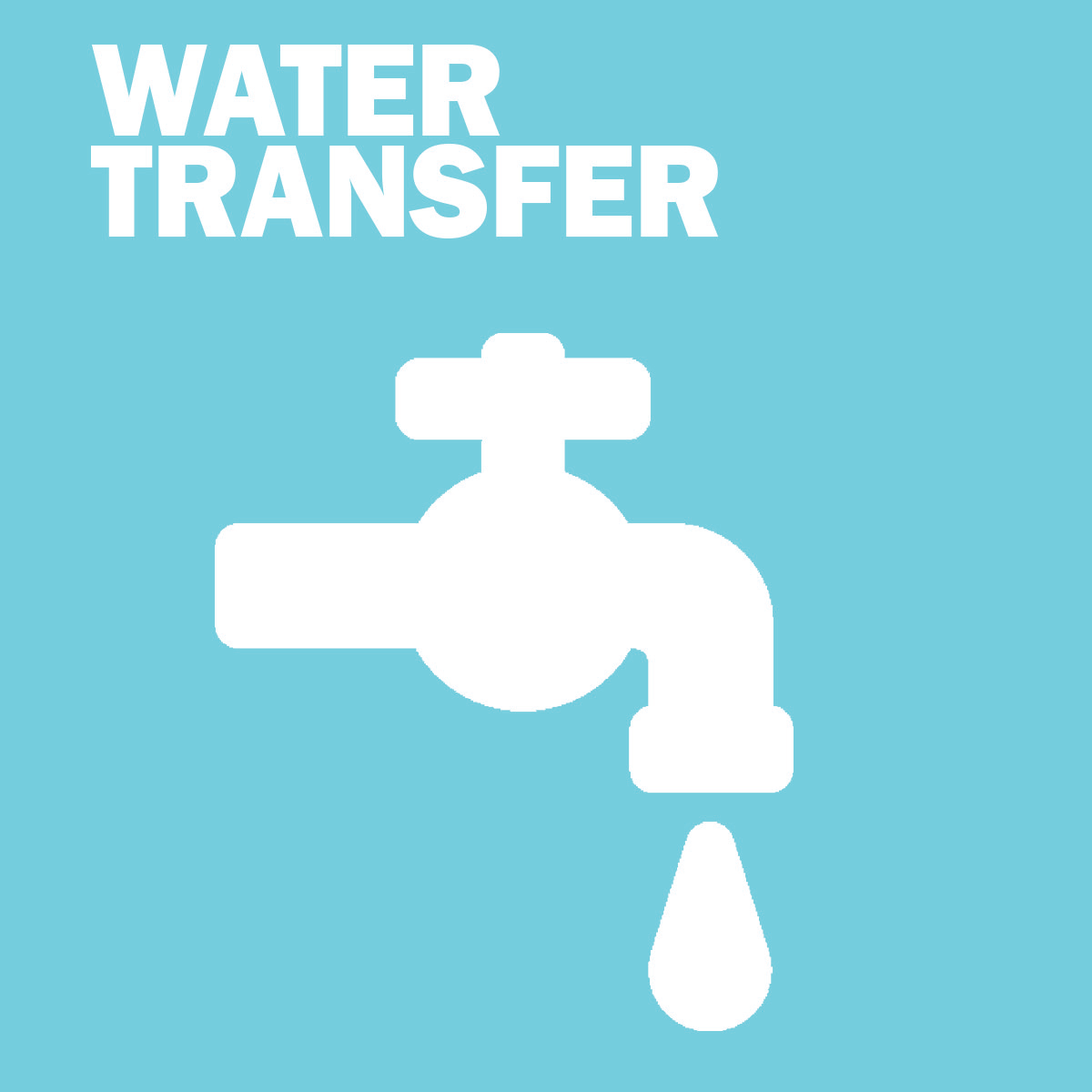Facilities for water transfer, e.g., channels and reservoirs, may be created in sending, receiving, and spillover systems, and may change land use, water use, biodiversity, and economic growth in all systems. Water transfer increases water availability but spreads pollutants and invasive species to receiving and spillover systems, and reduces water in sending systems.
References
- Liu, J., Yang, W., and Li, S. 2016. Framing ecosystem services in the telecoupled Anthropocene. Frontiers in Ecology and the Environment 14(1), pp. 27-36. DOI: 10.1002/16-0188.1
- Schröter, M., T. Koellner, R. Alkemade, S. Arnhold, K.J. Bagstad, K. Erb, K. Frank, T. Kastner, et al. 2018. Interregional flows of ecosystem services: Concepts, typology, and four cases. Ecosystem Services 31(Part B), pp. 231-241. DOI: 10.1016/j.ecoser.2018.02.003
- Deines, J. M., X. Liu, and J. G. Liu. 2016. Telecoupling in urban water systems: an examination of Beijing’s imported water supply. Water International 41, pp. 251–270. DOI: 10.1080/02508060.2015.1113485
- Jianguo Liu, Wu Yang. 2012. Water Sustainability for China and Beyond. Science, 337:6095, pp. 649-650. DOI: 10.1126/science.1219471
